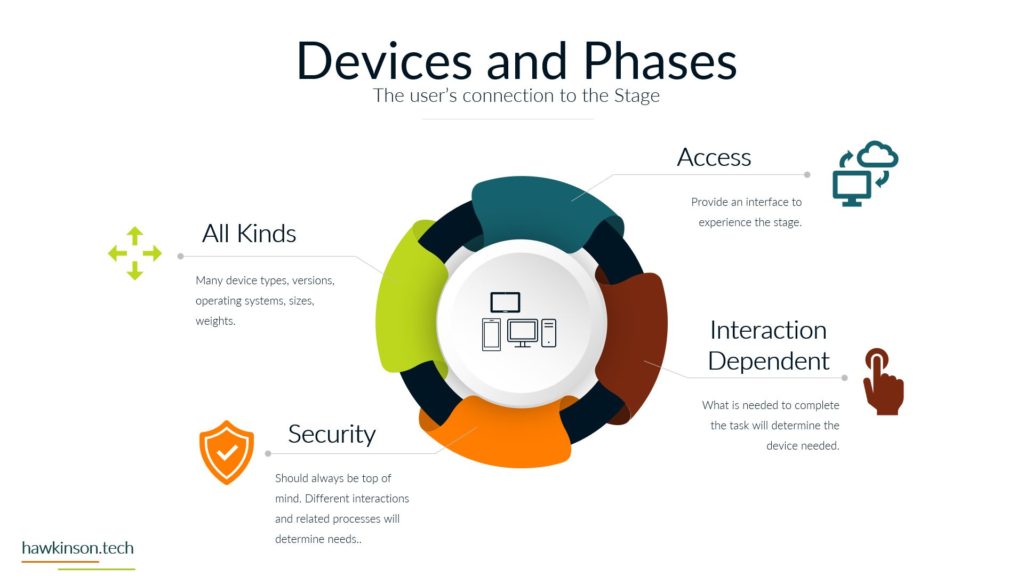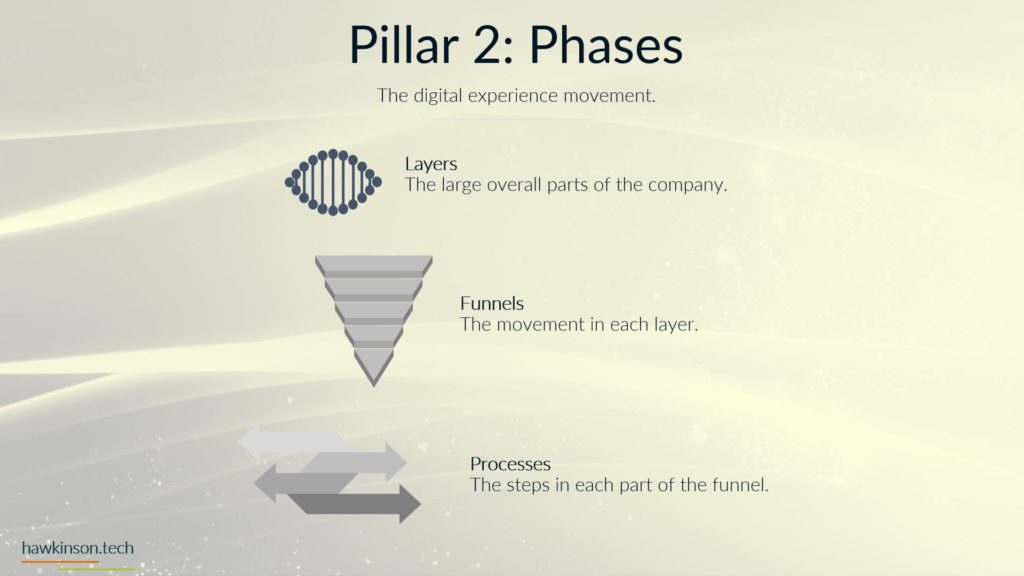When it was introduced in 2013, OptinMonster dominated the lead-generating business. It included several brand-new features that weren’t readily accessible at the time. A few years down the line, millions of websites are actively using it, making it the most effective lead generation tool available.
Everything you may need to drive sales properly has been included by OptinMonster’s developers. It is the most widely used tool because the team continuously develops and improves it.
Key Features
Beginner-Friendly
Anyone can run amazing campaigns thanks to OptinMonster. You can quickly develop compelling campaigns using its drag-and-drop builder. Moreover, because it is a visual designer, you can see the final appearance of your campaign as you create it.
You don’t have to build from zero and see what fits because it has 400+ pre-made templates. The templates have been successfully used in previous opt-in campaigns, so you can use them immediately. Change the text and select a picture, and your campaign is set.
Specialized Campaigns
You can design campaigns to target various user groups, geographic regions, and even seasons of the year. This enables you to send out more customized messages that increase the likelihood of visitors becoming subscribers.
More Features
- Exit intent technology
- SEO friendly
- Monster Links
- A/B testing

























